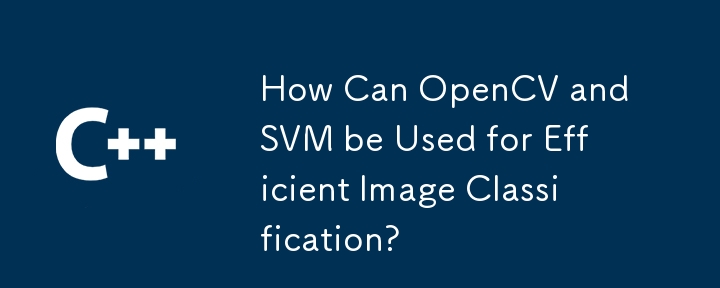All resources on this site are contributed by netizens or reprinted by major download sites. Please check the integrity of the software yourself! All resources on this site are for learning reference only. Please do not use them for commercial purposes. Otherwise, you will be responsible for all consequences! If there is any infringement, please contact us to delete it. Contact information: admin@php.cn
Related Article
 Pandas text classification: efficient label recognition tutorial based on keyword probability
Pandas text classification: efficient label recognition tutorial based on keyword probability
16 Sep 2025
This tutorial explains in detail how to use Pandas, regular expressions and collections.Counter to calculate the occurrence probability of each category of keyword in the DataFrame text column based on the preset keyword category. We will learn how to efficiently identify and label the most probable keyword categories in each line of text, handle no matches, and provide optimized code implementations and professional guidance to achieve accurate text classification marking.
 Efficient classification and reorganization of PHP array elements: string filtering based on specific characters
Efficient classification and reorganization of PHP array elements: string filtering based on specific characters
14 Aug 2025
This article details how to efficiently classify and reorganize string elements from different arrays in PHP. By merging the original array and then using the strpos function to detect whether a string contains a specific character (such as the letter "u"), the elements that meet the conditions are finally classified into a new array and elements that do not meet the conditions are classified into another new array. This method avoids complex element exchange logic and improves code clarity and execution efficiency.
 How Can OpenCV and SVM be Used for Efficient Image Classification?
How Can OpenCV and SVM be Used for Efficient Image Classification?
06 Dec 2024
Using OpenCV and SVM to Classify ImagesIn order to utilize OpenCV and SVM for image classification, a series of steps must be taken. First, a...
 how to hide Steam games
how to hide Steam games
12 Mar 2025
This article explains how to hide individual Steam games from your library view by assigning them to a custom category. This doesn't affect privacy as others can't see your game list; it's solely for personal library organization. There's no way to
 how to view all owned apps in microsoft store
how to view all owned apps in microsoft store
23 Aug 2025
Open Microsoft Store and log in with your Microsoft account; 2. Click on the personal avatar in the upper right corner to enter "My Library"; 3. Click on the "Apps" category in "My Library" to view all purchased or installed applications, including reinstallable free and paid applications, and these applications are bound to your account and can be accessed on any Windows device.
 PHP array element conditional classification and reorganization practice
PHP array element conditional classification and reorganization practice
15 Aug 2025
This tutorial explains in detail how to efficiently classify and reorganize array elements in PHP based on specific conditions, such as whether a string contains a specific character. By first combining all the arrays to be processed, then traversing the merged data, and using string search functions (such as strpos) for conditional judgment, the elements that meet the conditions are finally allocated to the specified new array, thereby realizing accurate classification and structured reorganization of the data, avoiding complex element-by-element exchange operations.


Hot Tools

PHP unlimited classification, thinkphp5.0 unlimited classification
PHP unlimited classification, thinkphp5.0 unlimited classification

PHP unlimited classification Category class library
PHP unlimited classification Category class library

PHP Infinitus Classification Related Code Classes
PHP Infinitus Classification Related Code Classes

PHP unlimited classification menu class
PHP unlimited classification menu class




